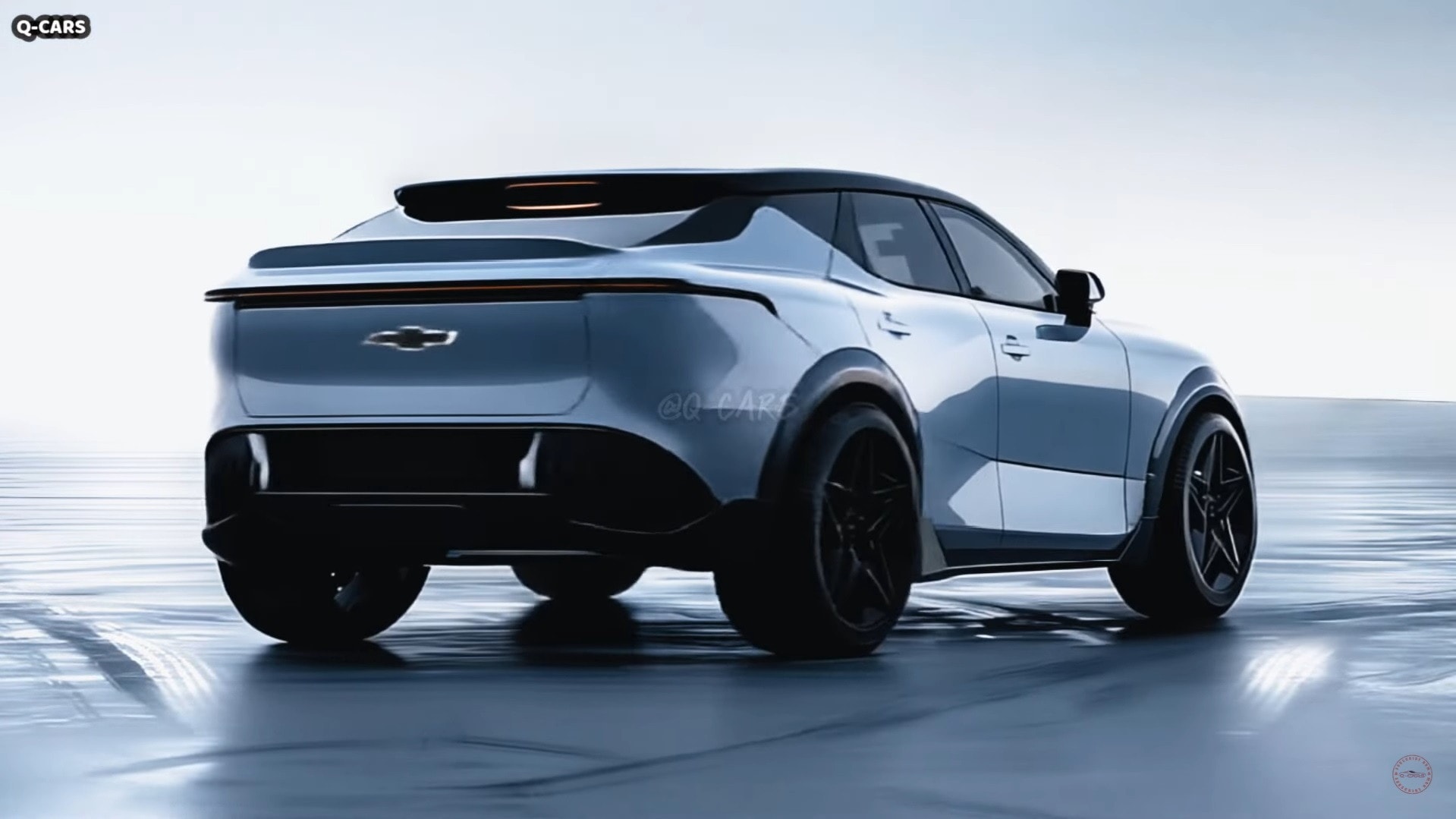The once-thriving muscle car segment has undergone a seismic shift. Ford’s Mustang now stands alone as the final bastion of the traditional V8 pony car, a position reflected in its pricing.
Dodge, a former key player, is charting a radical course for its future. The iconic Hemi V8 is being phased out in favor of a hybridized powertrain, with electric options on the horizon for both Charger and Challenger models. This bold strategy positions Dodge as a pioneer in the electrified muscle car space.
Chevrolet, on the other hand, has left a gaping hole in the market with the abrupt discontinuation of the Camaro. While the automaker hinted at the Camaro’s eventual return, the absence of any tangible development efforts casts doubt on an imminent revival. As the automotive industry undergoes a rapid transition to electric vehicles, the future of the traditional muscle car hangs in the balance.

Chevrolet faces a critical decision: resurrect the Camaro as a gas-powered icon or embrace electrification and redefine the muscle car for a new generation. With the industry’s focus shifting towards sustainability and zero emissions, the fate of the internal combustion engine muscle car remains uncertain.
As consumers become increasingly environmentally conscious, automakers are grappling with the challenge of balancing performance, tradition, and environmental responsibility. The decisions made by Ford, Dodge, and Chevrolet will not only determine the future of their respective models but also influence the broader automotive world.
The ongoing silence surrounding the future of the Chevrolet Camaro is a clear indication that General Motors is meticulously weighing its options for this storied nameplate. A logical progression would involve reimagining the Camaro as a modern muscle car, capable of delivering both electric and traditional powertrain performance.

Such a vehicle would directly challenge the likes of the Dodge Charger and Ford Mustang. Yet, persistent speculation about a potential transformation of the Camaro into a crossover cannot be entirely discounted.
Given the undeniable surge in popularity of SUVs, this unconventional approach could potentially carve out a significant market segment for GM. However, it is imperative that if the automaker does indeed pursue this path, it offers a diverse range of powertrain options to cater to a broad spectrum of consumers.
By providing both electric and internal combustion engine variants, GM can ensure that the Camaro, regardless of its body style, retains its appeal to both performance enthusiasts and mainstream buyers alike. This multifaceted approach would not only preserve the Camaro’s legacy but also solidify its position as a relevant and desirable choice in an ever-evolving automotive world.

